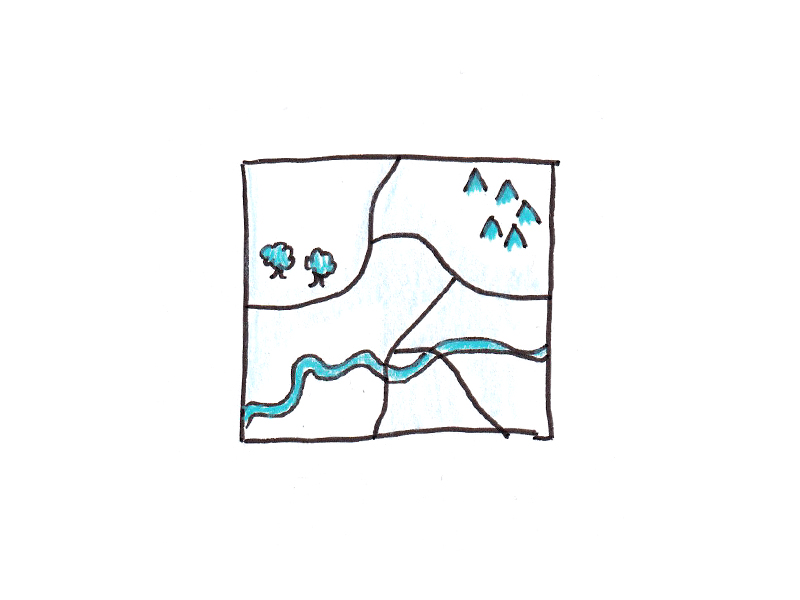Top Wildlife Safety Tips for Hiking Trips
Whether it’s a black bear in the Appalachians or a rattlesnake in Arizona, being prepared can mean everything. That’s where the right wildlife safety tips step in.
Ever been halfway through a peaceful trail and suddenly locked eyes with a wild animal? It’s thrilling. But it’s also the moment fear kicks in. You freeze. Your heart races. What now? Should I run? Should I stay still? Many hikers in the U.S. head into nature underestimating wildlife encounters.
Whether it’s a black bear in the Appalachians or a rattlesnake in Arizona, being prepared can mean everything. That’s where the right wildlife safety tips step in.
Understand Local Wildlife Before You Go
Start with research. Don’t guess what animals live there—know for sure.
● Check official park websites or boards
● Learn animal behavior and warning signs
● Carry species-specific tools (like bear spray or snake gaiters)
Wildlife safety tips start before you hike. Be informed.
Make Your Presence Known
Wild animals attack out of surprise, not spite. One of the easiest wildlife safety tips is to simply avoid startling them. Noise is your friend, especially in dense forests or curves where visibility is low. Talk while walking, clap occasionally, or wear a bear bell. Solo hikers are at more risk.
If you're alone, increase your noise output. Most predators don't want trouble and will avoid you if they hear you coming. Also, hike during daylight. Dusk and dawn are peak times for animal activity. If you’re moving at these times, you're unknowingly putting yourself in their path.
Pack Smart and Store Smarter
How you carry and store food matters more than people think.
● Never keep food inside your tent
● Use bear canisters or hang food 10 feet up
● Avoid cooking near your sleeping area
● Store scented items in odor-proof bags
Ignoring these wildlife safety tips can bring animals into your camp.
Don’t Feed Wild Animals
It’s tempting to feed them, but it’s harmful in the long run.
● Never feed wildlife, even small animals
● Don’t toss food scraps into the woods
● Feeding them can make them aggressive or reliant on people
This is one of the most overlooked wildlife safety tips, but one of the most important.
Know the Right Response
Encounters will happen. Your reaction matters.
● Bears: Don’t run. Stay calm. Back away slowly.
● Snakes: Freeze, then slowly step away
● Mountain lions: Make yourself look bigger, throw objects if needed
Every species has a different response strategy. Learn them before you go.
Final Thoughts
No one hikes hoping to face danger. But nature isn’t predictable. A peaceful trail can change in seconds. Whether it’s the rustle of leaves behind you or a shadow crossing the path ahead, how you respond makes all the difference.
These wildlife safety tips are your real insurance. They’re simple, proven, and designed for real situations. Don't treat them like a checklist—make them habit. Remember, you’re not just protecting yourself.
You’re protecting the animals too. So hike with care. Stay aware. And let every step you take deepen your respect for the wild around you.










































































































![Building A Digital PR Strategy: 10 Essential Steps for Beginners [With Examples]](https://buzzsumo.com/wp-content/uploads/2023/09/Building-A-Digital-PR-Strategy-10-Essential-Steps-for-Beginners-With-Examples-bblog-masthead.jpg)













![How to Use GA4 to Track Social Media Traffic: 6 Questions, Answers and Insights [VIDEO]](https://www.orbitmedia.com/wp-content/uploads/2023/06/ab-testing.png)







![Technical Sourcer [United Kingdom] at Olo](
https://nodesk.co/remote-companies/assets/logos/olo.e9c56827507b669046f71750846f8032542be84192a2248413f8421b2e5a2769.jpg
)

























